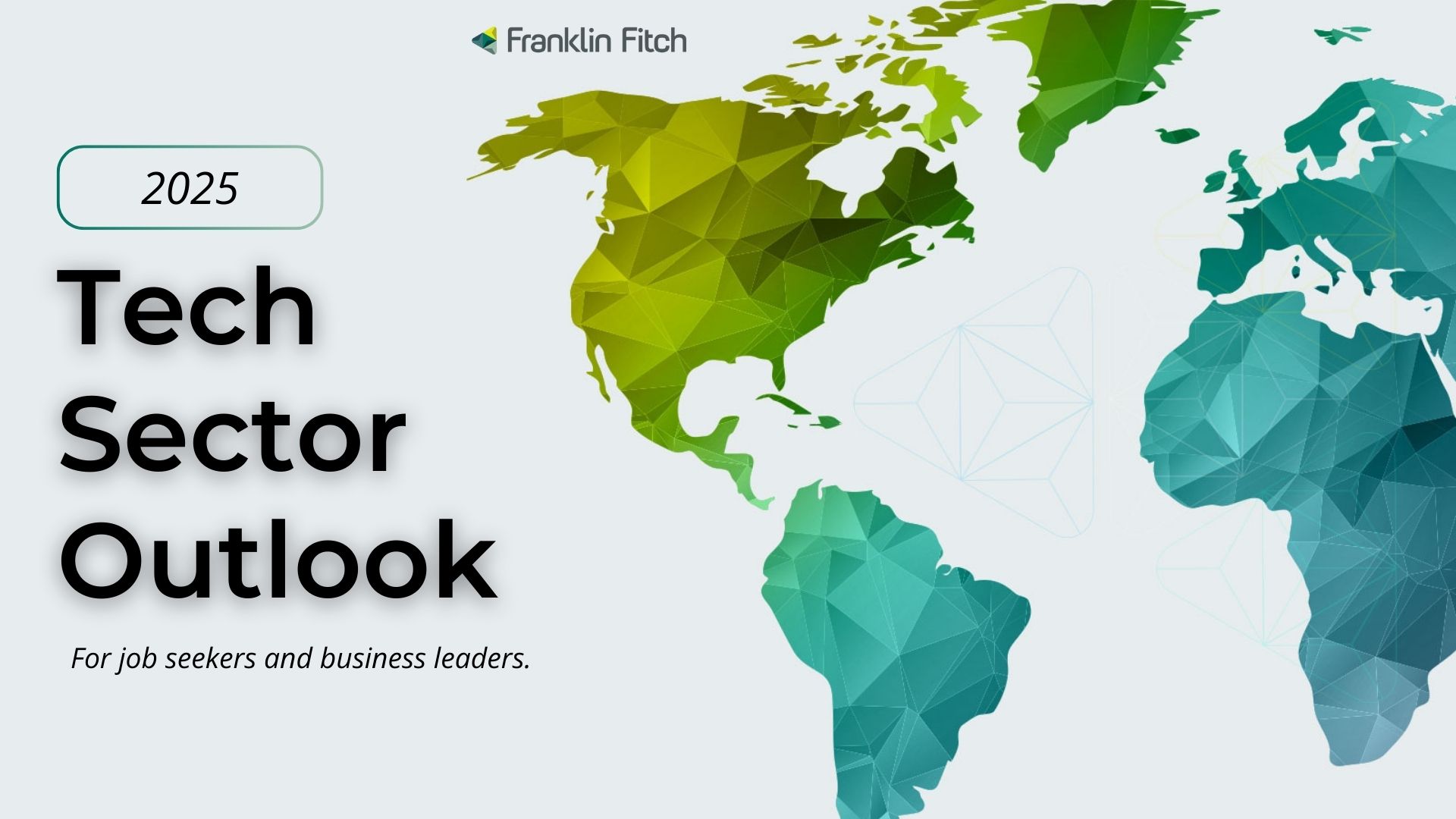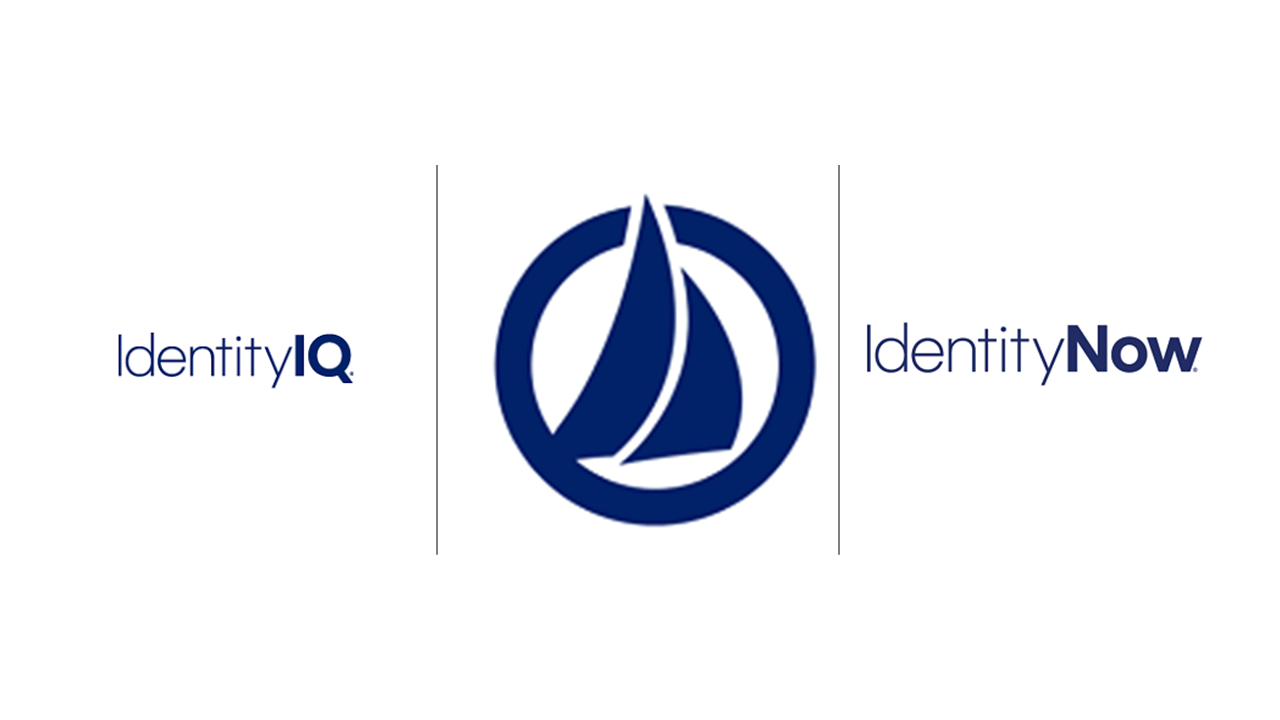
5 of the Latest Cybersecurity Trends for 2024
24 Jan, 20249 minutesCybersecurity trends in 2024 bring forth a complex combination of technological advancements...

Cybersecurity trends in 2024 bring forth a complex combination of technological advancements and emerging threats. As we delve into the intricacies of the cybersecurity space, we are likely to witness the rise of AI-powered cyber threats and defenses, the challenges posed by the integration of 5G networks and the Internet of Things (IoT), and the transformative impact of Ransomware as a Service (RaaS) and cloud security solutions.
Within this guide, we’ll provide a deep dive into the 5 cybersecurity industry trends mentioned above to help your business prepare for what’s to come in the IT security space in 2024.
In this guide, we’ll cover these trends in cybersecurity for 2024:
AI brings problems and solutions
5G and IoT security will be essential
The rise of Ransomware as a Service (RaaS)
Cloud security solutions remain as crucial as ever
Zero trust security models grow in importance
1. AI brings problems and solutions
As AI continues to advance, it's expected to play a dual role as one of the most significant cybersecurity industry trends in 2024. On the one hand, it will be used as a weapon by cybercriminals looking to develop more sophisticated attacks. Then, on the other hand, IT teams will use it as a powerful tool to fortify defenses and combat cyber threats.
AI-powered cyber threats
The growing sophistication of AI is evident from the rise of intelligent cyber attacks. Deep fake social engineering threats, phishing, and automated malware attacks with flexible and adaptable evasion credentials highlight the darker side of what AI is capable of and what it has become.
Cybercriminals continue to utilize the malicious side of AI, with support from tools like WormGPT, to create larger-scale attacks seamlessly. WormGPT is essentially the antithesis of the popular ChatGPT, specifically designed to support malicious activities, including generating deceptive messages, convincing phishing emails, and other forms of social engineering tools used in cyber attacks.
In 2024, AI voice cloning will also become a significant feature in the toolkit of cybercriminals worldwide. Malicious innovations like this will likely increase identity theft and other social engineering tactics. Innovation of alternative technologies to support these threats will continue to be a key challenge for cybersecurity specialists, and businesses will need to defend against them.
AI as a cybersecurity solution
Simultaneously, AI will continue to be used as a powerful solution to combat the rise of cyber threats. The defensive aspects of generative AI, notably in the form of ChatGPT and similar tools, have been crucial for detecting, avoiding, and countering attacks. Real-time anomaly identification, smart authentication, and automated incident response methods powered by AI offer companies a proactive defense strategy against the emergence of cyber attacks.
While generative AI legislation and regulation are still in the relatively early stages, it will become more noticeable in 2024 and beyond, and regulatory bodies find ways to prevent AI from falling into the wrong hands - acting as a crucial defense against evolving threats.
Even with the shutdown and continued combatting of malicious AI models, the battle between attackers and defensive solutions will continue to act as one of the major trends in cybersecurity for 2024. Staying ahead in this battle between good and bad AI tactics will be paramount as the year unfolds. Businesses must equip themselves with a team of IT security experts capable of utilizing AI to automate repetitive tasks and protect assets vulnerable to AI-related attacks.
2. 5G and IoT security will be essential
The emergence of 5G networks showcases a new era of interconnectivity, seamlessly integrating IoT into our daily lives. However, this increased interconnectivity potentially brings with it a range of security challenges that will require proactive measures and great attention to address. Organizations will also have to turn their cybersecurity recruitment strategy to ensure they have the people needed to counter the threats we’ll cover in this section.
As 5G technology continues to gain notoriety in 2024, the intricacies of communication between various devices have introduced new avenues for vulnerabilities. While 5G architecture promises enhanced speed and efficiency, its novelty demands a deep understanding and extensive research to detect and overcome potential flaws that could be exploited by hackers or software bugs.
Even renowned platforms like Google Chrome have been seen as susceptible to severe bugs, highlighting the inherent complexities that accompany the introduction of more advanced networks. Manufacturers and cybersecurity specialists face the essential task of developing and implementing sophisticated 5G hardware and software, with precise measures surrounding how they are controlled and secured to mitigate the threat of data breaches impacting the network.
As 5G networks continue their worldwide rollout, a corresponding surge in cyber threats exploiting the vulnerabilities of IoT devices is expected. The potential for large-scale, coordinated attacks on critical IT infrastructure is a significant concern - especially for those operating in cybersecurity. The global increase in the number of connected devices amplifies the potential for more frequent attacks, providing cybercriminals with a broader range to exploit potential weaknesses in IoT devices.
To combat these emerging cyber threats, manufacturers, service providers, and cybersecurity specialists must work in tandem to develop robust security measures across the infrastructure of 5G networks and IoT devices. In-depth testing, real-time monitoring, and faster patching times of vulnerabilities are imperative if the tech space and businesses within want to stay ahead of malicious hackers.
Additionally, as the IoT becomes deeply integrated across various sectors, from healthcare to finance, efficient security protocols must be placed at the forefront of design and development phases. This proactive approach can mitigate potential risks and support the sustained growth and evolution of the interconnected technologies that define the cybersecurity space of 2024.
3. The rise of Ransomware as a Service (RaaS)
Ransomware attacks, where hackers encrypt and threaten to release private data unless a ransom is paid, have surged in recent years. In 2023, it was reported that ransomware attacks increased by 13% over the previous five years, with an average attack cost of $1.85 million. Accompanying this statistic, and next on our list of cybersecurity industry trends for 2024, is the rising presence of Ransomware as a Service (RaaS).
For context, Ransomware as a Service is a business model developed by cybercriminals whereby users can invest in and subscribe to the service in return for support and tutorials on how to deploy ransomware attacks. Hackers take advantage of this service to launch seamless attacks at scale.
The evolution of RaaS is shaping the future of cybercrime. RaaS operators take inspiration from legitimate business structures, utilizing sophisticated software, specialized departments, and defined career paths to professionalize their illegal operations. As a result, criminal organizations can work at a greater scale, mirroring that of major legitimate businesses.
In 2024, RaaS operators are anticipated to utilize more advanced tools and tactics, creating more sophisticated and adaptable cyber threats. The embrace of RaaS by cybercriminals represents a shift from isolated attacks to a model where criminal organizations collaborate to maximize the scale and complexity of their operations. This interconnected strategy allows cybercriminals to expand their expertise, leading to more effective and widespread cyber attacks.
Organizations must adapt to the evolving threat landscape spearheaded by RaaS and similar criminal strategies. As RaaS grows in popularity, businesses with any tech presence must prioritize cyber hygiene. This could involve taking a multifaceted approach, including employee training, frequent software updates, and developing and implementing advanced security protocols.
Companies within the tech space should also focus on cybersecurity recruitment strategies, acquiring or building existing teams of cybersecurity specialists to enhance their visibility and threat intelligence. Ultimately, companies must stay ahead of these sophisticated threats and strengthen their security posture.
4. Cloud security solutions remain as crucial as ever
Now a staple in the business world, cloud computing offers excellent benefits and unique cybersecurity risks. The shift towards greater mobility, remote work, and outsourcing has increased the need for more robust cloud security services. The evolution of cloud computing emphasizes the need for cybersecurity strategies to protect sensitive data from breaches so organizations can harness the benefits of the cloud without neglecting their stance on security.
The global pandemic accelerated the adoption of remote work while simultaneously enhancing the reliance on cloud-based services and infrastructure. Of course, cloud services offer many advantages, such as efficiency, scalability, and cost savings. However, they also introduce a new era of threats.
Businesses utilizing the cloud face various challenges in securing their cloud environments, including prominent threats such as unauthorized access, misconfigured settings, insecure interfaces, and account hijacking. Data breaches stemming from cloud vulnerabilities also pose a significant threat to organizations, with the average cost of a breach in the US being $9.48 million per breach and $4.45 million globally.
Cloud security challenges extend to regulatory compliance, with the increased need for the expertise of cybersecurity specialists to oversee the complex demands of cloud computing, including migration issues to address the increased entry points for potential attackers.
Whether accidental or intentional, insider threats affect 34% of companies globally each year and further emphasize the complexity and importance of cloud security. Driven by factors such as unauthorized remote access, weak passwords, unsecured networks, and the misuse of personal devices, these attacks are another threat to companies that have adopted cloud computing.
As businesses continue to migrate more data to the cloud, the importance of developing a cybersecurity strategy cannot be overstated. This strategy must include technological safeguards, regular software updates, user education, and a proactive approach to addressing the evolving world of cyber threats. The normality of remote work, greater mobility, and expanding cloud usage highlight the need for businesses to bolster their defenses in the face of evolving cloud security threats.
Organizations must maintain a high level of vigilance, enhance their security posture, and adapt to the changing environment. Investing in technologies and talent to ensure their data's confidentiality, integrity, and availability in the cloud is essential for preparing for the latest cybersecurity trends in 2024.
If your business is equipped with professionals who specialize in ensuring you operate securely in the cloud, it’s essential for you to keep hold of these individuals in 2024. Learn more about talent retention by reading our guide on How to Retain Your Best Employees in Your Cybersecurity Team.
5. Zero trust security models grow in importance
Our last entry to our list of 5 trends in cybersecurity for 2024 is the significance of zero trust security models. Zero trust experienced noticeable growth in 2023, transforming from a niche concept into a core element of cybersecurity strategies. In 2024, zero trust will take center stage in tech as the essential concept of greater verification.
For context, the principle of zero trust security models involves enforcing stricter verification and access controls across an organization's IT infrastructure, including remote workers, third-party vendors, partnered companies, and IoT devices.
Compared with traditional security models that focus on securing a specific parameter, zero trust acknowledges that threats can originate from outside and within the network. Regardless of its source or network, the zero trust model treats every access request as a potential threat. When assessing a threat, zero trust implements continuous monitoring of network activities, extensive identity verification, and stronger access controls.
Zero trust is expected to evolve from merely a technical network security model to a flexible and interconnected solution in 2024. The continuous use of AI and its real-time authentication and activity monitoring capabilities will likely facilitate this evolution.
Additionally, as it evolves, the core focus of zero trust's approach of never trusting and consistently verifying will remain. However, the application will become more adaptive to align with the evolving cyber threat space and diversity of network environments.
Implementing zero trust security models involves addressing various aspects of cybersecurity, including endpoint security and user authentication. The model's effectiveness stems from its ability to mitigate the risks associated with the network, from insider threats and external attackers.
As organizations continue to turn to cloud services and remote working, zero trust security models will become more relevant, delivering a flexible and adaptive solution to secure diverse IT infrastructures. With the expansion of zero trust, the days of inherent trust will soon be gone as companies take tighter stances regarding verification and access rights.
The final word on the latest cybersecurity trends for 2024
In summary, the latest trends in cybersecurity for 2024 are marked by the dual role of AI, serving as both a weapon for cybercriminals and a powerful tool for organizations looking to bolster their security posture. The integration of 5G networks and IoT introduces new challenges, necessitating collaborative efforts to fortify security measures.
Additionally, the emergence of Ransomware as a Service (RaaS) signifies a shift in cybercrime dynamics, demanding heightened cybersecurity strategies and recruitment efforts. Cloud security also remains paramount, with the evolution of cloud computing exposing companies to diverse threats that require comprehensive safeguarding measures. Lastly, the growing importance of zero trust security models reflects a fundamental shift toward continuous verification and adaptive solutions.
As organizations navigate these cybersecurity industry trends, staying ahead in the battle against cyber threats requires a multifaceted approach, combining technological safeguards, proactive strategies, and a vigilant cybersecurity workforce.
If you’re looking to grow your cybersecurity team but need support from the expertise of hiring specialists, read our guide on How IT Recruitment Agencies Can Benefit Your Business. Alternatively, scroll below to see how our cybersecurity recruitment services can support you.
Specialists in cybersecurity recruitment
Now that you know the 5 latest cybersecurity trends of 2024, you may be considering your next steps to ensure you have the talent necessary to support your business's growth in the digital and tech space. If that’s the case, we can help. Our expert cybersecurity recruitment consultants understand your hiring pain points. We're here to work closely with you to connect you with IT security specialists who can help you achieve your company goals and objectives.
Contact us today to discuss your specific cybersecurity recruitment needs and discover how we're not just a supplier of top IT professionals but a partner who can guide you through your future talent search.






